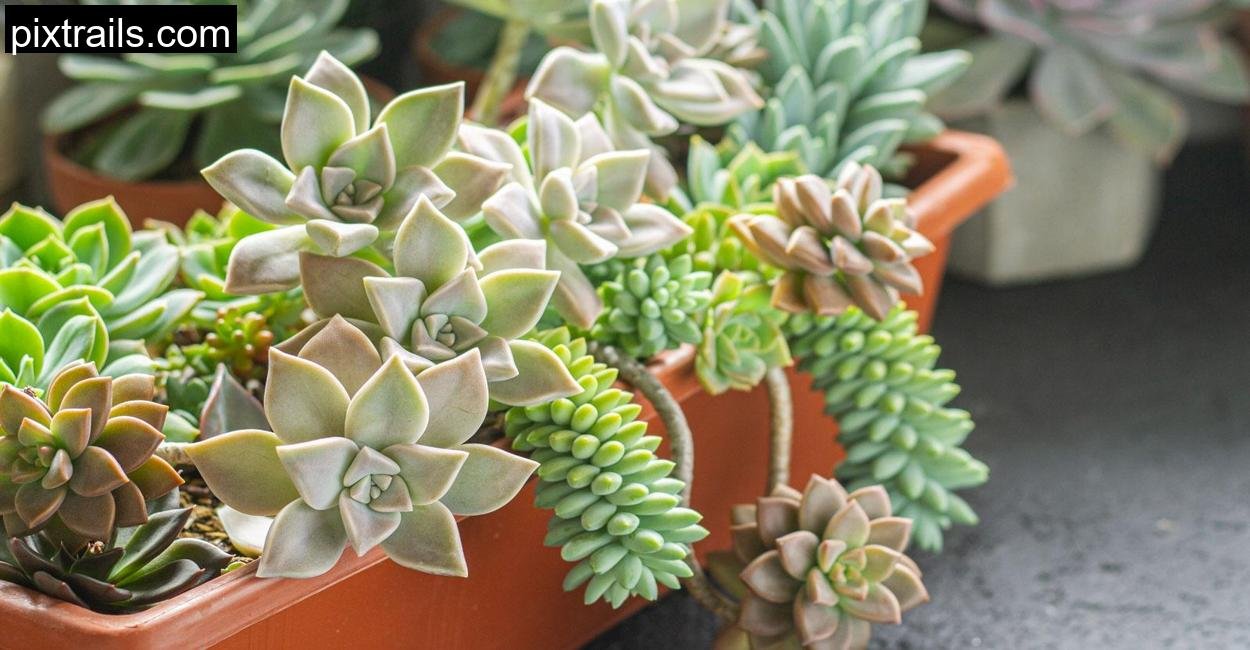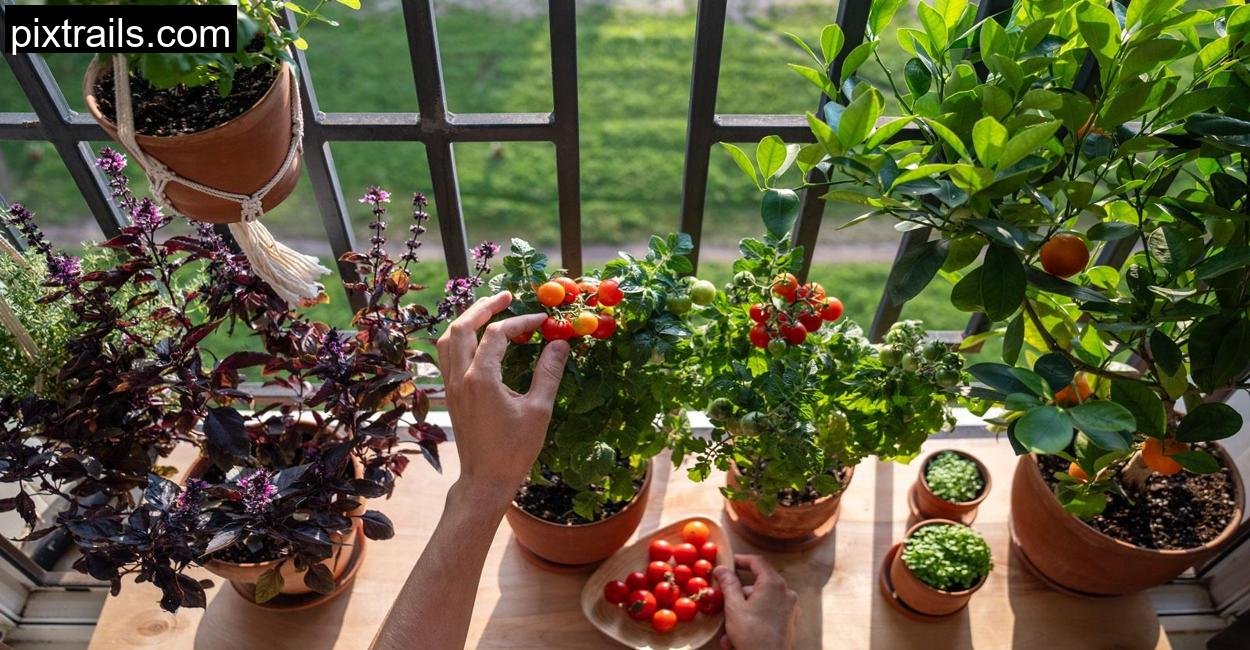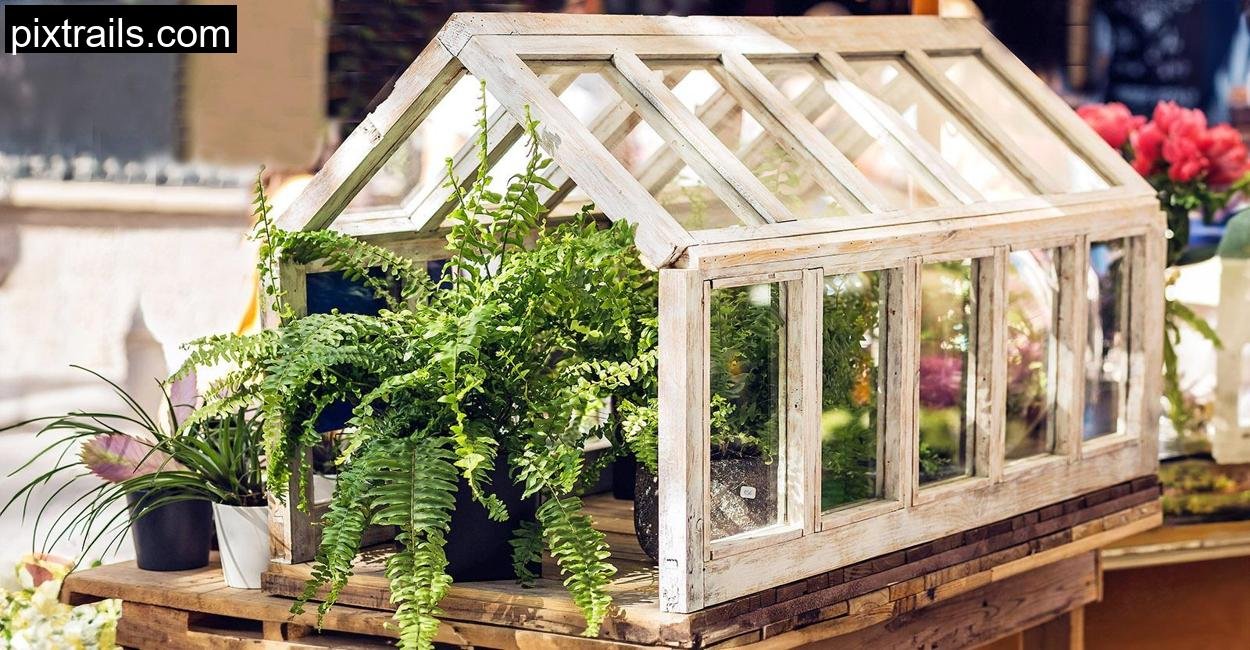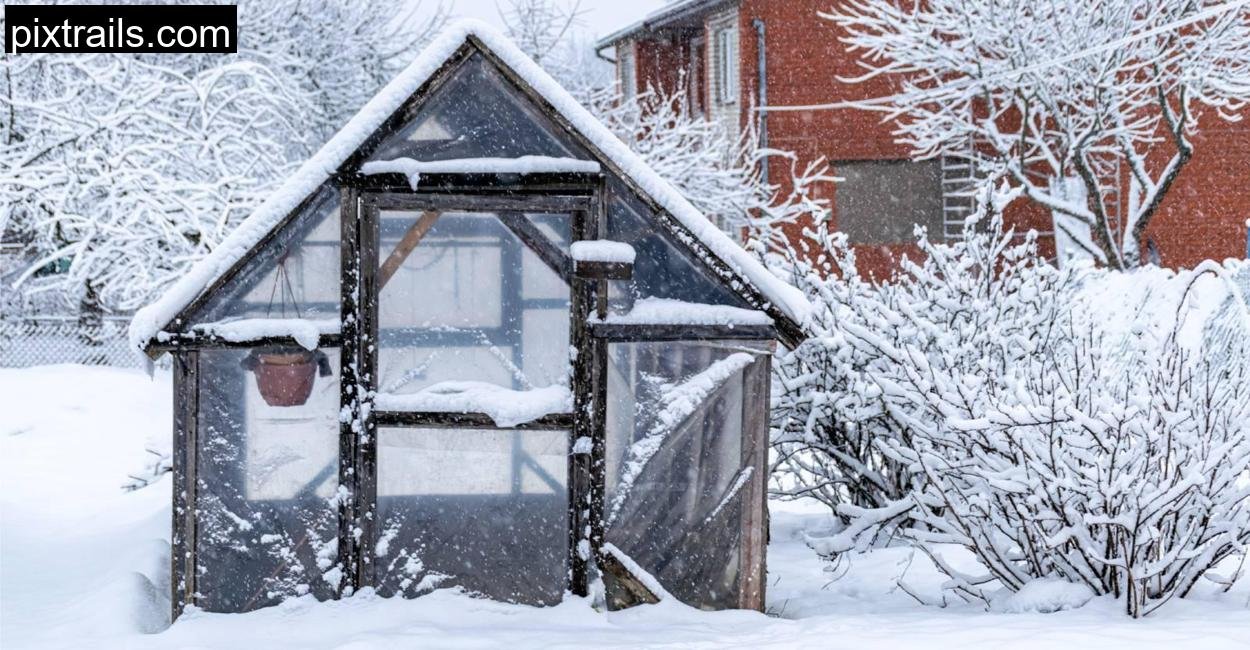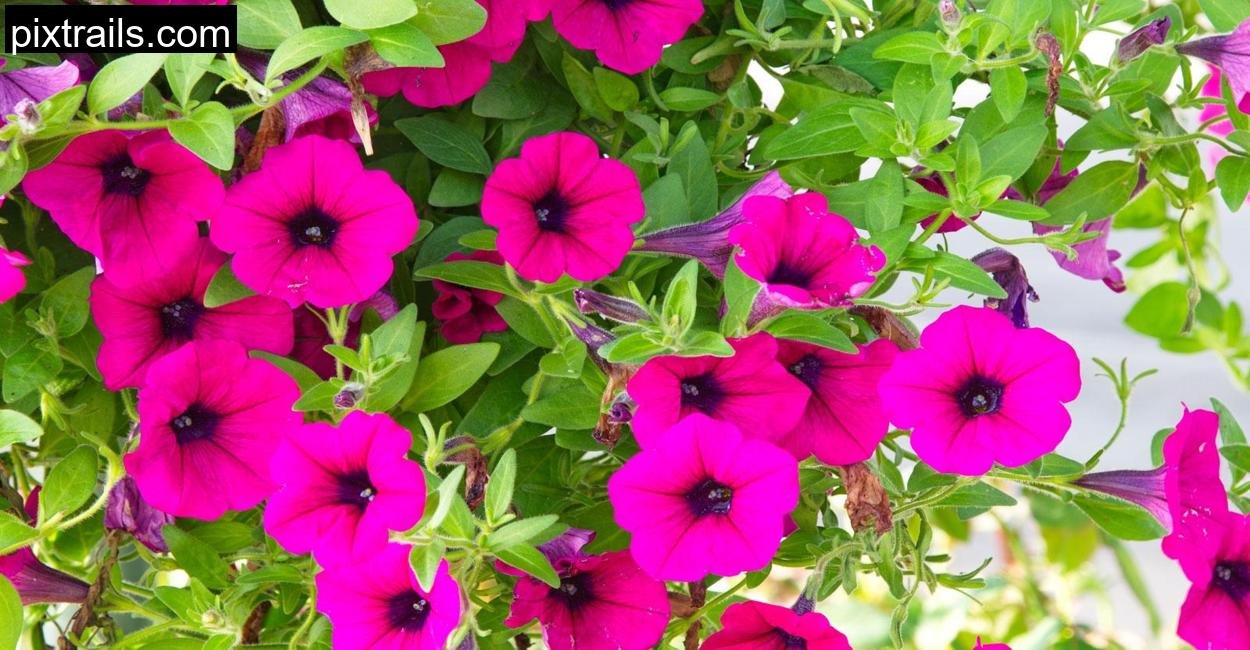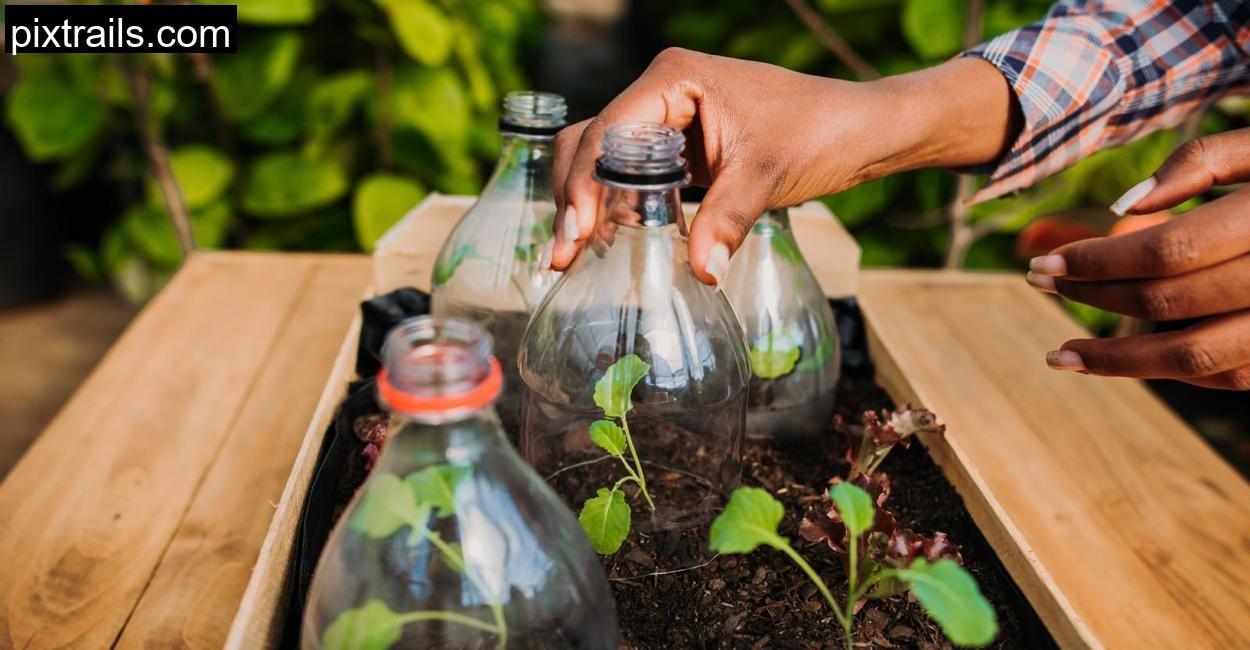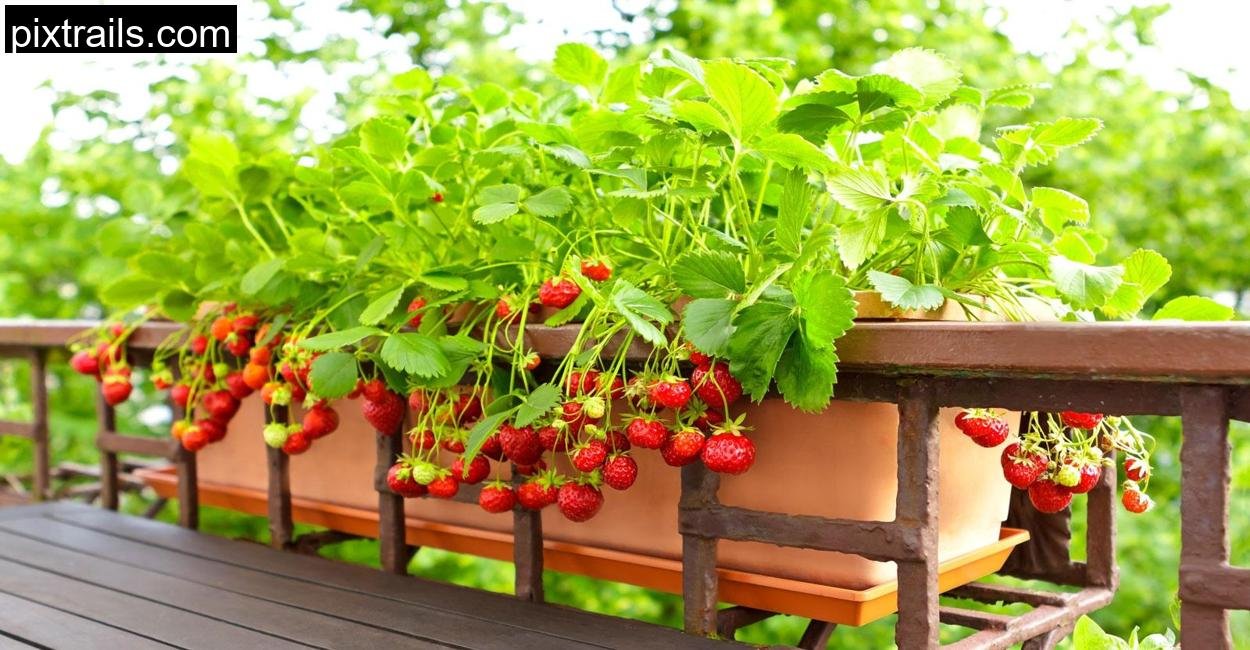It started with an old wooden crate. The kind you’d expect to find apples in at a countryside farmer’s market. It was dusty, a little warped from years spent in my grandfather’s shed, but when I pulled it out that spring morning, I knew exactly what it was destined for: succulents.
That box was my first canvas, and what followed was a journey not only into container gardening but into a vibrant, textural world that now lives on every window sill, balcony, and corner nook of my home.
I’ve always believed gardening should be joyful, and succulents, those resilient little sculptures from nature, offer one of the most satisfying paths into the craft. They require little, give back a lot, and are endlessly customizable. Here’s how I discovered the magic of five very different succulent arrangements that brought whimsy, life, and conversation to my home, and might just do the same for yours.
The Mixed Succulent Dish: A Kaleidoscope in Clay
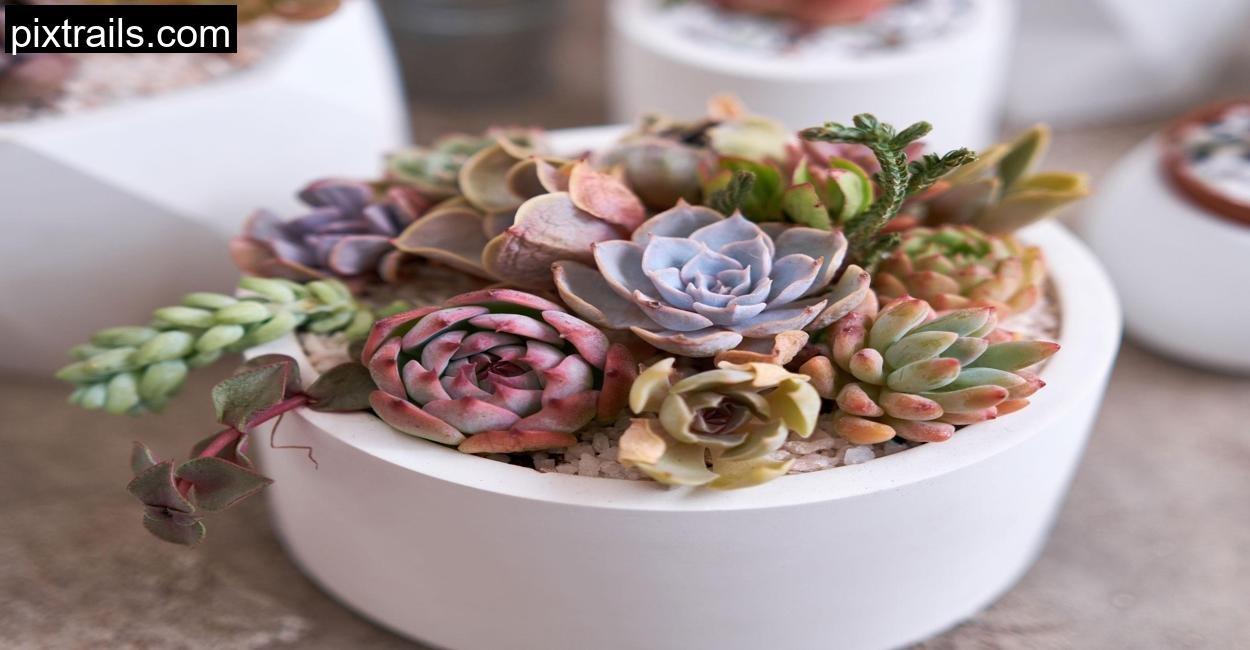
I still remember the first time I walked into a nursery with the intent to build a “mixed dish.” It was overwhelming. There were plump Echeverias in soft lavender, spiky blue-green Haworthias, sedums trailing over the shelves like little green waterfalls. I wanted them all.
Eventually, I settled on six varieties with similar watering and light needs, important, I had read, to avoid “fussy neighbors” in the pot. I found a wide, shallow terracotta dish at a local flea market (those are treasure troves if you know where to look), filled it with gritty succulent mix, and started planting.
The composition was instinctive at first, big focal Echeveria in the center, fuzzy Panda Plant off to the left, then sedums draping softly along the rim. After watering them in and letting the sun warm the soil, I sat back and admired it. Even before the plants grew into one another, the visual texture, the contrast of rosettes, spikes, plump paddles, was just breathtaking.
Weeks later, guests would always stop at the dish by my front door. “Are those real?” they’d ask. And I’d nod, proud as any artist who’s found their medium.
The Fairy Garden Pot: A World of Whimsy in a Few Inches
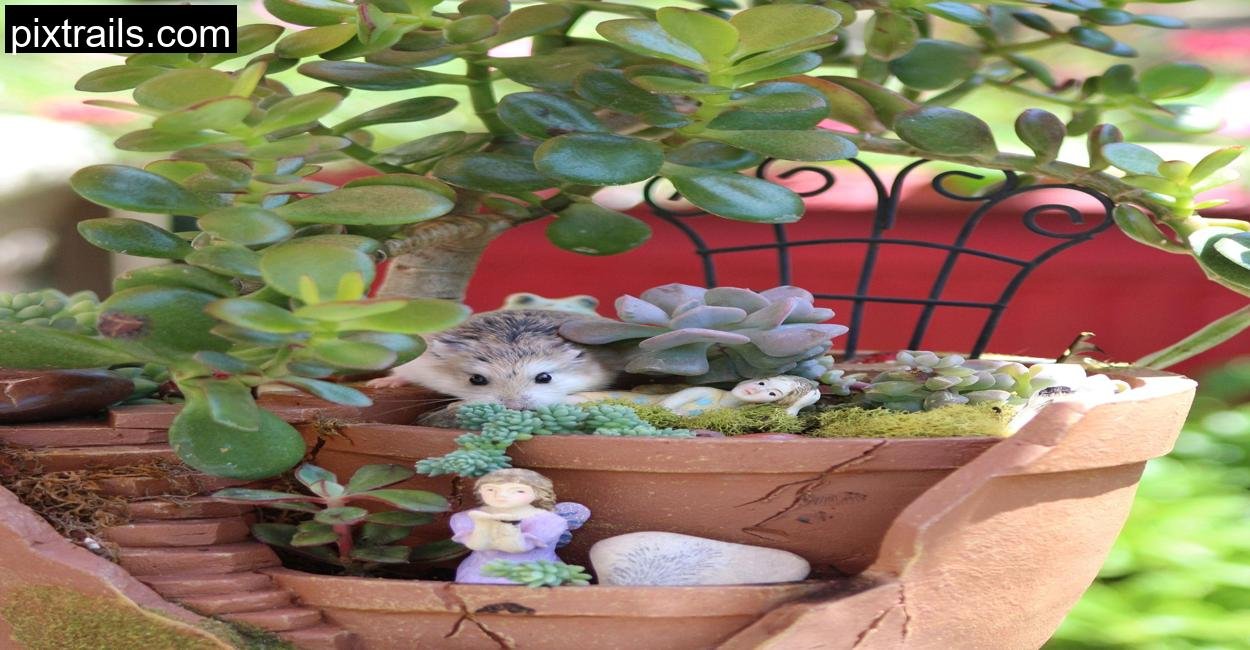
It was my niece who inspired this one. She was visiting for the summer, six years old and endlessly curious about my plants. One morning, she pointed at a cracked terracotta pot on the patio and asked, “Can we make a home for fairies?”
And so we did.
We broke the pot further on purpose (wear gloves!), layered the shards to form a spiraled staircase, and nestled in tiny succulents like baby toes (Fenestraria), miniature jade plants, and even a small cactus shaped like a tree. She insisted we add a little bench made from twigs and glue, and I made a stone pathway using aquarium gravel. The real trick was scale, choosing the smallest succulents to mimic trees and bushes. We added a little resin fairy, barely an inch tall, sitting with her legs crossed beside the jade. That pot now lives in a shaded part of my porch, and every child who visits makes a beeline for it.
More than any other, this arrangement taught me that gardening can be playful. It can tell stories.
Terrarium Succulents: Desert Dreams Behind Glass

My fascination with terrariums came during winter. The world outside was gray, damp, and bare. I missed the sun, missed color, missed the act of growing.
That’s when I ordered a simple glass bowl online and started what I now call my “desktop desert.” I filled the bottom with pebbles, then layered in cactus soil. Into this I planted hens and chicks, a few button-like lithops, and a stubby Graptopetalum. I tucked in a few small driftwood pieces and some white sand for effect.
The biggest lesson here? Airflow matters. Succulents hate trapped humidity, so I left the top open and placed the terrarium near a north-facing window. It thrived, and brought a slice of warmth to my gloomy workdays. Every time I glanced over, I felt transported. Like I could almost hear the buzz of insects in the Mojave, even as rain beat against my windows.
Hanging Succulents: Gardens That Dance on Air
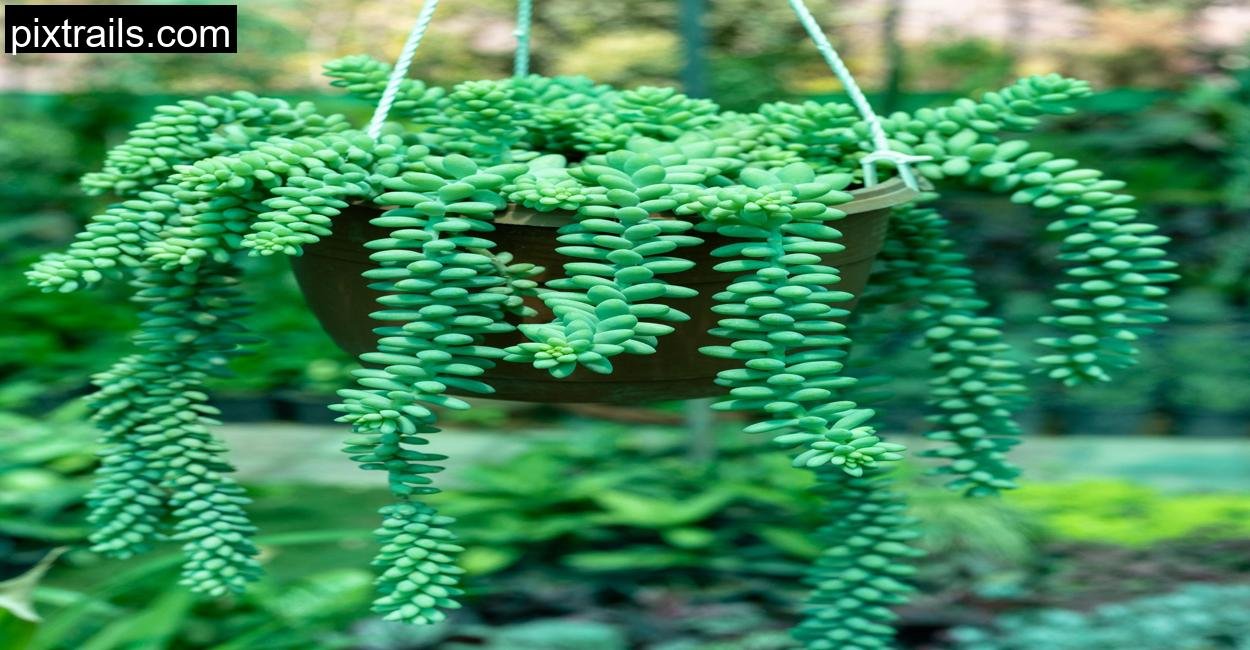
My kitchen window faces east, catching glorious morning light, and for years, it went unused. One day, tired of the bland curtain rod, I clipped on a macrame hanger and placed a simple white plastic pot into it.
In that pot, I planted Burro’s Tail.
The first few weeks were a game of patience. Its delicate stems dropped leaves with the slightest nudge. But slowly, those trailing vines began to grow, dangling like chandeliers of green pearls. I added a few more, String of Dolphins, then Rope Hoya, and by midsummer, my window was a curtain of cascading succulents. Hanging plants taught me to think vertically. They make any space feel alive, as if nature is spilling in from the sky itself. Every morning as I brewed coffee, the sunrise lit them from behind, and it was better than any painting.
Go Crazy With Containers: If It Holds Soil, It’s a Planter
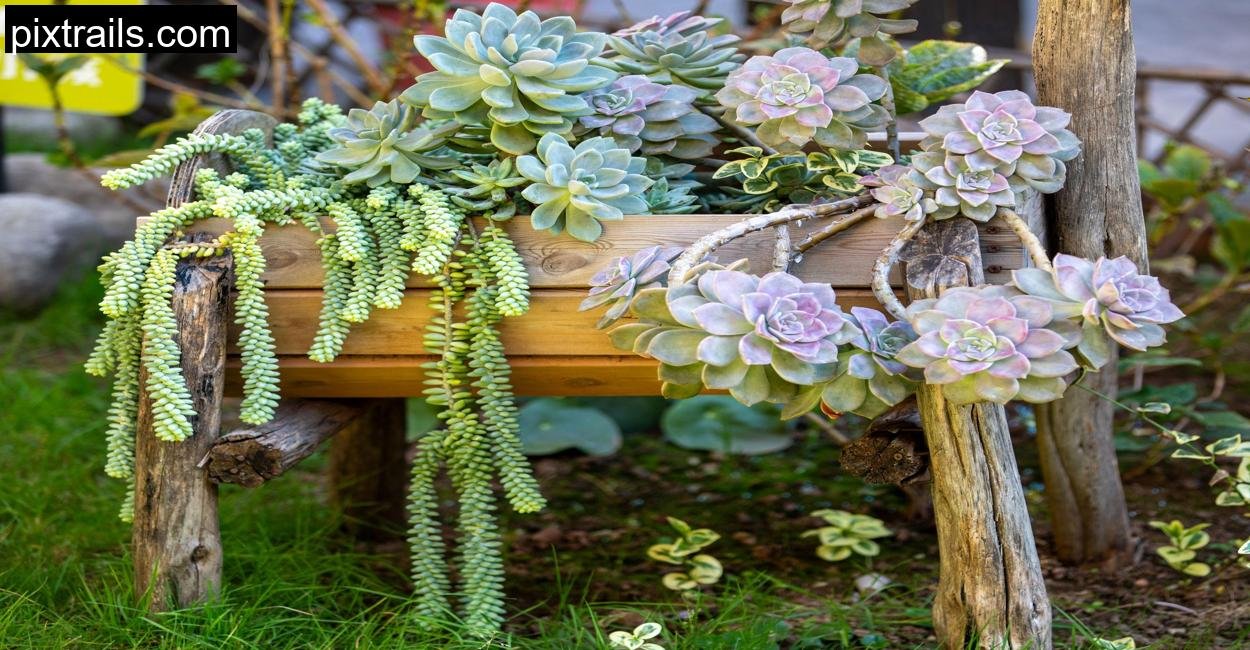
One of my proudest creations lives in the backyard, a vintage chair missing its seat. I found it beside a dumpster, hauled it home, and filled the hole with a wire basket lined in burlap. Then came the soil, and then came the plants: hens and chicks, cascading Sedum morganianum, the impossibly elegant Echeveria ‘Black Prince’.
I’ve used boots, broken teacups, even a rusted colander to plant succulents. Once, I cleaned out a cracked old guitar body and turned it into a planting box, now it’s a real conversation piece.
This is the soul of succulent gardening: freedom. You don’t need expensive planters or pristine tools. You need a bit of soil, a love for these rugged beauties, and the imagination to give old things new life.
Conclusion
I never expected succulents to become a passion. But somewhere between the cracked chair and the fairy garden, I found something that grounded me. Each arrangement is like a chapter, each pot a little ecosystem of resilience and creativity. And as I write this, I’m glancing at that same old wooden crate, the one that started it all, now overflowing with a rainbow of rosettes, spilling joy from its corners. Succulents don’t just survive. They thrive. And in doing so, they teach us to do the same.
Do succulents need a lot of sunlight?
Yes, most succulents thrive in bright light. Ideally, 6 hours of indirect to direct sunlight each day. But some, like Haworthia and Gasteria, can tolerate low light conditions indoors.
How often should I water my succulent arrangements?
Less is more. Water only when the soil is bone dry, usually every 10–14 days depending on humidity and temperature. Always ensure containers have drainage holes.
Can I plant different succulents together in one container?
Absolutely, just make sure they have similar care needs. Avoid mixing summer-dormant and winter-dormant varieties, or combining cacti with moisture-loving succulents.
